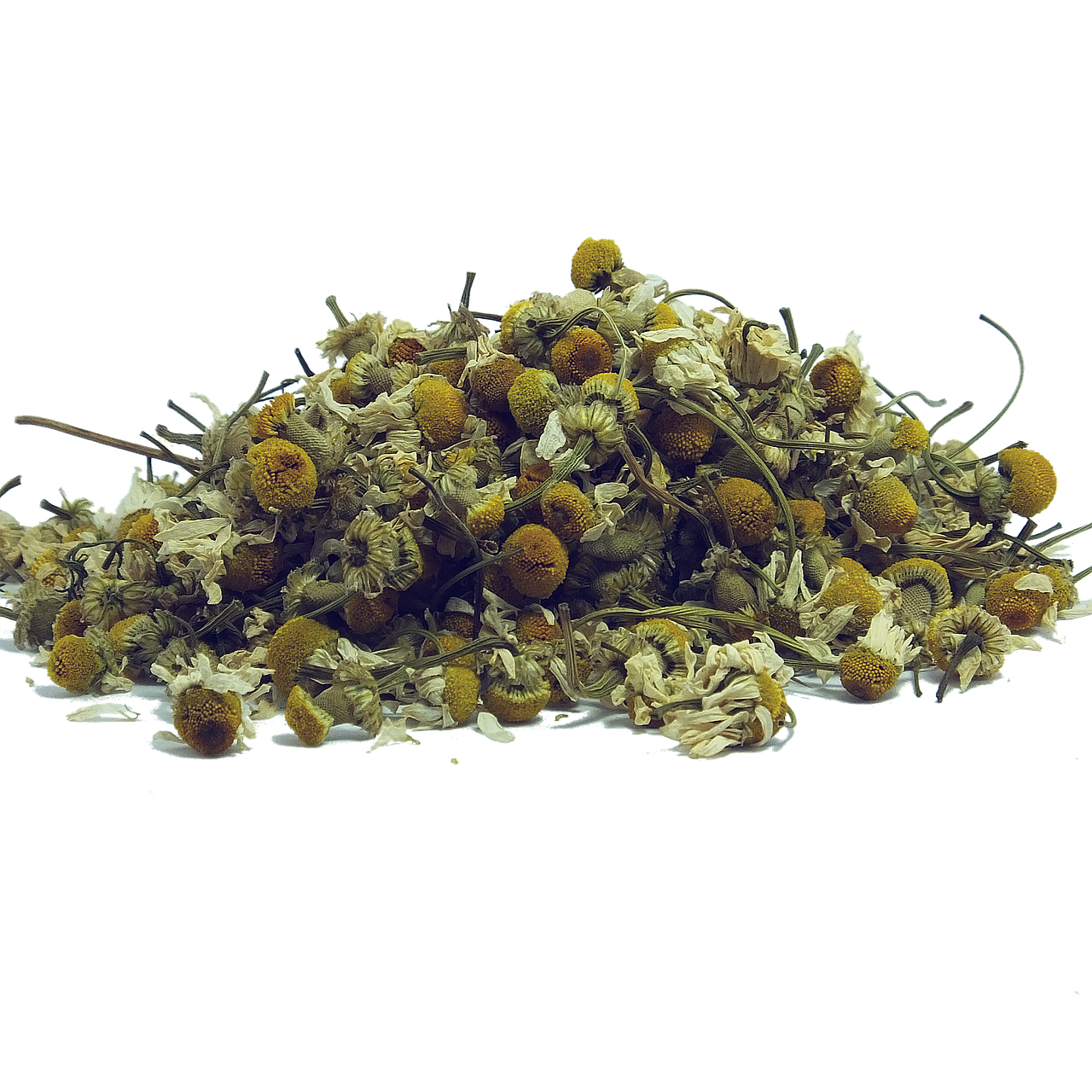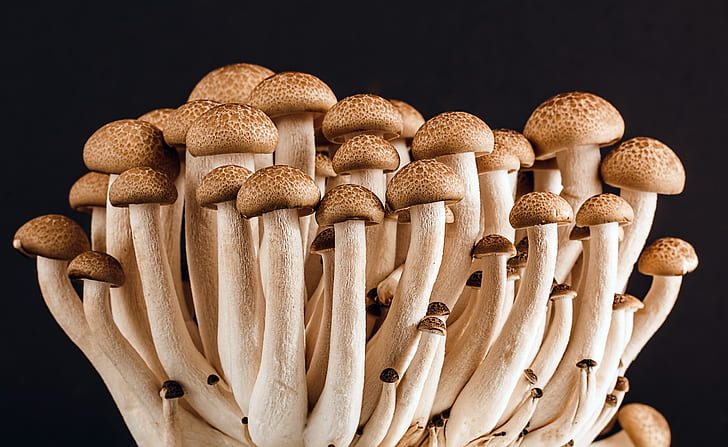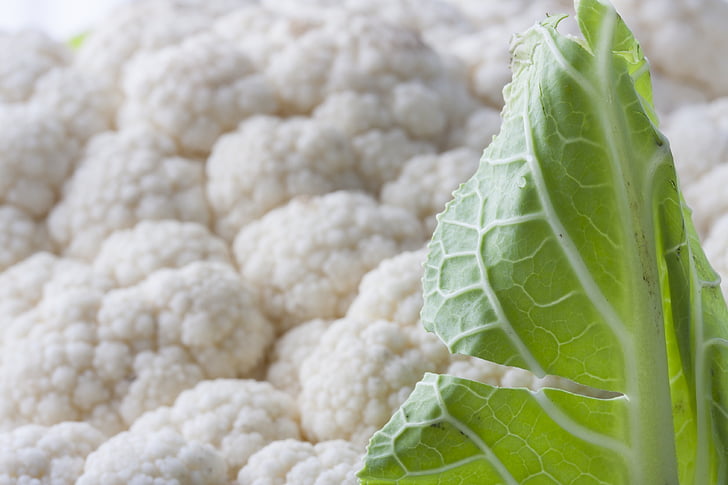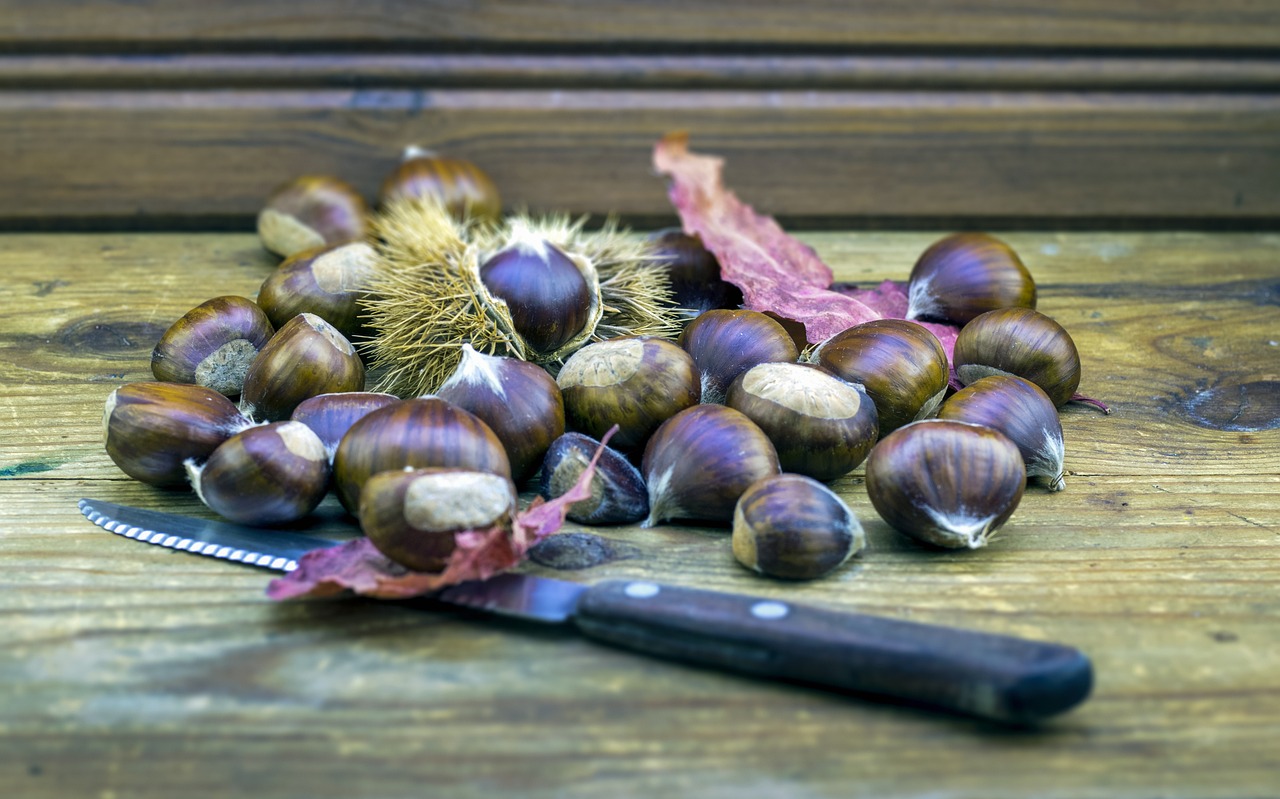Exploring the Wonders of dieting a Sacred Plant and its Profound Connections
Introduction
In the depths of the kingdom Plantae (scientifically known as Eukaryotes), we find remarkable trees, mosses, flowers, algae, fungi and bushes that stands as enigmatic symbols of ancient wisdom and spiritual significance. Embarking on a journey through the realms of nature and nature traditions, we uncover the extraordinary characteristics of these majestic greens and their profound connection to spiritual realms, emotional practices, and holistic well-being.
Are you ready to embark on a transformative journey towards a healthier and happier you? If so, you’ve come to the right place. Welcome to our comprehensive guide on dieting, where we’ll unravel the secrets to nourishing your body with the right fuel and unlocking your full potential.

In a world filled with fad diets and conflicting information, we understand how overwhelming and confusing the journey towards a healthier lifestyle can be. That’s why we’ve crafted this blog to serve as your trusted companion and source of inspiration on your path to wellness.
Dieting is not about depriving yourself or following extreme rules; it’s about nourishing yourself with the right foods to fuel your mind and body, and discovering a sustainable approach to living your best life. It’s about finding balance, developing healthy habits, and embracing a positive mindset.
Throughout this blog, we’ll dive deep into the world of living food, helping you understand the importance of each bite you take. But it’s not just about the knowledge; it’s about setting goals and taking action. We’ll guide you.

Dieting a master plant
Dieting is a traditional practice associated with physical, emotional, and spiritual cleansing. Each month our intake is several thousands different complex ingredients, each requiring their own way of being broken down. This makes a lot of noise, complicates digesting and prohibit us from actually listening. Dieting master plants requires fasting and preparation of your being. Eat only a handful of base foods to settle your nervous system. This is my list for as many weeks as possible. Beets, Potato, Sweet potato, Cauliflower, Ginger, Lemon, Broccoli, Kale, Tomato, Quinoa, Spinach, Brown rice, Banana, Leaf Celery, Buckwheat, Oatmeal, Egg and lots of Nettles.
|
Avoid at all costs the following foods:
|
 |
Before embarking on such a journey, it is essential to understand certain aspects.
What Plants can be Dieted
Typically plants like Birch, Nettle, Dandelion, Elderberry, Lavender, Rosemary, Thyme, Chamomile, Sage and Stinging Nettle are dieted throughout Europe whilest Noya Rao, Marosa, Chullachaqui Caspi, Ayahuma, Chiric Sanango and Bobinsana are typical plants dieted in South America. Really any plant can be dieted. Ask the plant you have decided to comune with how it wants to be dieted.
Plants typically dieted in Europe
- Birch (Betula spp.): Birch leaves and sap are used for their diuretic properties and potential detoxifying effects.
- Nettle (Urtica dioica): Nettle is rich in vitamins and minerals and is often consumed for its anti-inflammatory properties and potential benefits for allergies and arthritis.
- Dandelion (Taraxacum officinale): Dandelion leaves are known for their diuretic properties and are believed to support liver health and digestion.
- Elderberry (Sambucus spp.): Elderberry is rich in antioxidants and is commonly used to boost the immune system and combat cold and flu symptoms.
- Lavender (Lavandula spp.): Lavender flowers are often used for their calming and stress-relieving properties. It is commonly consumed in tea form.
- Rosemary (Rosmarinus officinalis): Rosemary is an aromatic herb with potential anti-inflammatory and antioxidant properties. It is commonly used to enhance the flavor of various dishes.
- Thyme (Thymus vulgaris): Thyme is known for its antimicrobial properties and is often used in cooking for its aromatic flavor and potential health benefits.
- Chamomile (Matricaria chamomilla): Chamomile flowers are commonly consumed as a calming herbal tea and may help with relaxation and sleep.
- Sage (Salvia officinalis): Sage is known for its antioxidant and anti-inflammatory properties. It is often used in cooking and herbal preparations.
- Stinging Nettle (Urtica dioica): Stinging nettle is rich in vitamins, minerals, and antioxidants. It is used both as food and for its potential health benefits, such as reducing inflammation and improving urinary health.
These plants and herbs are often consumed in various forms, such as teas, infusions, extracts, or incorporated into recipes. It’s important to note that while these plants may have potential health benefits, it’s always recommended to consult with a healthcare professional or herbalist before incorporating them into a specific dietary plan.
Plants typically dieted in South America
Noya Rao* (Platycyamus regnellii): Noya Rao, or tree of light, is a medicinal plant used in traditional Amazonian diets. It is believed to have antioxidant properties and is sometimes used for its potential digestive and anti-inflammatory benefits.
Marosa* (Phyllanthus emblica): Marosa, also known as Indian gooseberry or amla, has small fruits that is highly valued for its high vitamin C content. It is used in South American diets for its potential immune-boosting and antioxidant properties.
Chullachaqui Caspi* (Himatanthus sucuuba): Chullachaqui Caspi is a plant that is traditionally used in Amazonian diets. It is believed to have anti-inflammatory properties and is sometimes used for its potential digestive benefits.
Ayahuma* (Couroupita guianensis): Ayahuma is a tree native to the Amazon rainforest. Its bark and leaves are traditionally used in dietary practices. It is believed to have potential digestive and anti-inflammatory properties but it cannot co-exist with the spirit of Noya Rao so make your choice and choose your path.
Chiric Sanango* (Brunfelsia grandiflora): Chiric Sanango is a plant commonly used in traditional Amazonian diets and medicinal practices. It is believed to have potential healing properties and is used for its potential benefits on digestion, as well as for its reported energizing and stimulating effects.
Bobinsana* (Calliandra angustifolia): Bobinsana is a plant native to the Amazon rainforest and is often used in traditional dietary practices. It is believed to have potential antioxidant properties and is sometimes used as a mood enhancer and for its reported calming effects.
Maca (Lepidium meyenii): Maca is a root vegetable native to the Andes region of Peru. It is known for its nutritional density and is consumed for its potential energizing and hormone-balancing benefits. Maca is often found in powdered form and can be incorporated into smoothies, baked goods, or other recipes.
Yerba Mate (Ilex paraguariensis): Yerba Mate is an herbal tea commonly consumed in South America, particularly in countries like Argentina, Uruguay, and Paraguay. It contains caffeine and other stimulants and is known for providing a boost of energy and mental alertness. Yerba Mate is traditionally served in a gourd and sipped through a metal straw called a bombilla.
Cat’s Claw (Uncaria tomentosa): Cat’s Claw is a tropical vine found in the Amazon rainforest. It has been traditionally used in indigenous diets for its potential immune-boosting and anti-inflammatory properties. Cat’s Claw is often consumed as a tea or in supplement form.
Chia (Salvia hispanica): Chia seeds have been used for centuries by indigenous cultures in South America and are now popular worldwide for their nutritional benefits. These small seeds are rich in fiber, omega-3 fatty acids, and antioxidants. They are often added to smoothies, yogurt, or oatmeal for a nutrient boost. Chia seeds are known for their potential role in supporting digestion, heart health, and providing sustained energy.
These plants are traditionally consumed in various forms, including teas, infusions, or preparations. However, it’s important to note that the traditional uses and potential benefits of these plants may vary amongst different indigenous cultures and regions of South America. As with any dietary practices or herbal remedies, it is advised to consult with local experts, herbalists, or healthcare professionals for proper guidance and understanding of their safe and appropriate usage.
* These are master plants and you should never diet a master plant at home but only in strict dieta with the help of locale curanderos in the jungle.
Good to Know Before Dieting
– Seek guidance from an experienced shaman or knowledgeable practitioner to ensure a proper understanding of the ritual and its significance.
– Prepare yourself mentally, emotionally, and physically for the challenges that may arise during the dieting process.
– Follow any dietary restrictions or recommendations provided to maintain an optimal state for the diet.
Good to Know While Dieting
– To help purify the body and enhance spiritual receptivity it is necessary to maintain a strict diet of selected foods. During the dieting period eat locale vegetables, without adding oil, sugar or seasoning.
– Abstain from consuming alcohol, tobacco, and any stimulating substances to maintain a clear state of mind and honor the sacredness of the diet.
– Abstain from sex to honor the sacredness of the diet.
– Solitude and silence is required to ensure the seed is settled but also to enable observation of subtle messages.
– Engage in introspection, meditation, and connection with nature to deepen the spiritual experience and receive insights from the plant spirit.
Good to Know Post Diet
– After completing the diet, allow yourself time for integration and reflection, gradually reintroducing foods while maintaining a healthy lifestyle.
– Eat living food while gradually piling on but be gentle with yourself, as the seed in you, it is still only a baby, vulnerable and sensitive to crossings and can even leave you or die away.
– Embrace self-care practices, such as journaling, meditation, and engaging in activities that support your overall well-being.
– Recognize and honor any profound transformations or insights gained during the dieting experience.
It is custom that dieting begins with singing to the plant but it is very important to chock your body back into normal living. What I mean is then all your cells are focused to a degree of dieta it is very open. That is why we must close your cells and activate the defenses. We do this with a shot of vodka with chili followed by a feast of food that include sugar. When the arcana has a song and end with arcana.
Diet Benefits and Drawbacks
Master plants holds a sacred place in the hearts and associated practices are deeply rooted in traditions of indigenous cultures, offering profound connections to the natural world, spirituality, and holistic well-being. It is essential to approach master plants with respect and seek guidance from knowledgeable sources to ensure accurate understanding and interpretation. As we delve into its mysteries, we discover not only the physical attributes of the tree but also its spiritual essence and the transformative power it holds when approached with reverence. Whether through dieting rituals or simply appreciating its beauty, Chulla Chaqui invites us to deepen our connection with nature, embrace spiritual growth, and embark on a journey of self-discovery and healing.While dieting plants can be a transformative and enlightening experience, it’s important to acknowledge both the benefits and potential drawbacks:
Diet Benefits
– Spiritual Growth: By connecting with the plant spirit and embracing the dieting practice, individuals may experience heightened intuition, and a deeper understanding of themselves and the world.
– Physical Cleansing: The dieting process can contribute to detoxification and purification of the physical body, promoting overall well-being and vitality.
– Physical Healing: A diet can actually work miracles and dieting plants such as Chuchuhuasi (Maytenus macrocarpa) is very well know to be excellent for healing our bodies.
– Emotional Healing: Engaging in introspection and emotional release during the diet can facilitate healing of past traumas, assisting in emotional well-being.
Diet Drawbacks
– Challenges: Dieting with plants involves facing personal challenges, both physical and psychological, that may require strong determination and resilience.
– Individual Variations: Each person’s experience with a plant dieting can differ, and it is important to respect personal limitations and responses. Its ok to stop a diet if things doesn’t resonate with you.
– Cultural Sensitivity: Bear in mind that plant medicine is deeply rooted in indigenous traditions and should be approached with respect, cultural sensitivity, and an understanding of its significance within its cultural context. It is stupid to diet a master plant at home, especially a plant with a lot of shitana like Chulla Chaqui. To diet a master plant you will need the help of a maestro and stay in the jungle for the duration, preferably close to the plant while dieting so you can go hug it.

Mindful Eating
Mindful eating is much more than just a dietary approach—it is a transformative practice that encourages a deep connection between your mind and body and what you eat. In today’s fast-paced world, we often find ourselves mindlessly consuming food, distracted by screens or overwhelmed by our busy schedules. Mindful eating aims to bring us back to the present moment, allowing us to fully engage with our food and the experience of eating.
At its core, mindful eating is about cultivating an awareness of our physical sensations, emotions, and thoughts while eating. It encourages us to savor each bite, paying attention to the flavors, textures, and smells. By bringing our full attention to the act of eating, we can also tune in to our body’s hunger and fullness cues, helping us make more nourishing and balanced choices.
Mindful eating shifts our focus from strict rules and restrictions to a more intuitive and compassionate approach. Rather than labeling foods as “good” or “bad,” it encourages us to develop a non-judgmental attitude towards our eating habits. This practice helps us develop a better understanding of our body’s needs and build a healthy relationship with food.
In addition to enhancing our physical well-being, mindful eating has numerous psychological benefits. It can help reduce overeating and emotional eating by increasing our awareness of the triggers and cues that drive these behaviors. By slowing down and being fully present during meals, we can identify true hunger and fullness, leading to a more balanced and satisfying eating experience.
Moreover, mindful eating fosters a sense of gratitude and appreciation for the nourishment food provides. It invites us to consider the origins of our food, the people involved in its production, and the effort that goes into each meal. This awareness cultivates a deeper connection to our food and fosters a more sustainable and mindful approach to eating.
Implementing mindful eating into our lives may take practice, patience and a lot of chewing. It can be as simple as putting away distractions like phones and TVs, taking time to savor each bite, and listening to our body’s signals. Cultivating mindfulness in other areas of our lives, such as managing stress and practicing self-care, can also support our journey towards mindful eating.
In essence, mindful eating is about creating a harmonious relationship with food, nourishing not only our bodies but also our minds and spirits. It invites us to slow down, be present, and cultivate a deeper appreciation for the nourishment that food provides. By embracing mindful eating, we can embark on a transformative journey towards a healthier and more balanced approach to eating, where we can find joy and satisfaction in every bite.

Eating local produce can significantly reduce our carbon dioxide (CO2) footprint and contribute to a more sustainable future. When we opt for locally grown fruits, vegetables, and other food items, we greatly minimize the distance they need to travel to reach our plates. This reduces the need for long-haul transportation and decreases the associated greenhouse gas emissions from fossil fuel consumption. Additionally, locally sourced produce often requires less refrigeration and packaging compared to imported alternatives, further reducing energy consumption and waste. By supporting local farmers and choosing locally grown foods, we not only enjoy fresher and more flavorful products, but we also play an active role in reducing our CO2 emissions and fostering a more environmentally friendly food system. And if you grow your own, there is no pestecides to damage your body in the long run.
Eating local produce not only benefits our carbon footprint but also has the added advantage of reduced pesticide use. Local farmers often prioritize sustainable and organic farming practices, focusing on minimizing the use of harmful pesticides and chemicals. By choosing local produce, we support these farmers who prioritize the health of consumers and the environment by providing us with food that is grown using responsible and eco-friendly methods. This not only reduces our exposure to potentially harmful pesticides but also helps preserve the quality of soil, water, and ecosystems. By embracing locally sourced produce, we can nourish our bodies while also actively contributing to a healthier and more sustainable food system for the planet.
Post Diet Nutrition is Your Foundation
Nutrition is the foundation of our overall health and well-being. It’s the science of how our bodies obtain and utilize the essential substances necessary for growth, maintenance, and optimal functioning. By understanding the basic principles of nutrition, we can make informed choices about our diets and ensure we provide our bodies with the necessary fuel for health and vitality.
Macronutrients, including carbohydrates, proteins, and fats, are the main sources of energy in our diets. Carbohydrates are our body’s primary fuel source, providing energy for daily activities and exercise. Whole grains, fruits, and vegetables are excellent sources of complex carbohydrates, while sugary snacks and processed foods often provide simple carbohydrates that should be limited.
Proteins play a vital role in building and repairing tissues, as well as supporting hormone production and immune function. They are found in animal products like meat, poultry, and fish, as well as plant-based sources such as legumes, nuts, and seeds. A diet that includes a variety of protein sources ensures an adequate intake of essential amino acids, the building blocks of proteins.

Fats, often misunderstood, are crucial for our health. They provide energy, support cell growth, and help with the absorption of fat-soluble vitamins. It’s important to choose healthy fats, such as those found in avocados, nuts, seeds, and olive oil while minimizing saturated and trans fats found in fried and processed foods. Striking a balance between different types of fats is essential for maintaining optimal health.
While macronutrients are essential, micronutrients are equally important. Micronutrients refer to vitamins and minerals that our bodies need in smaller amounts, but they play crucial roles in various bodily functions. Vitamins, such as vitamin C, vitamin D, and the B vitamins, are necessary for energy production, immune function, and overall health. Minerals like calcium, iron, and magnesium are vital for bone health, oxygen transport, and maintaining proper nerve and muscle function.
A balanced diet is key to ensuring we receive an adequate supply of these nutrients. A well-rounded eating plan should include a variety of fruits, vegetables, whole grains, lean proteins, and healthy fats. By enjoying a colorful and diverse range of foods, we can maximize our nutrient intake and promote optimal health.
Understanding the impact of different nutrients on our health also helps us make informed choices to prevent or manage certain conditions. For instance, a diet low in saturated fats and high in fiber can help lower the risk of heart disease, while consuming foods rich in calcium and vitamin D supports bone health and reduces the risk of osteoporosis.

In conclusion, understanding the basic principles of nutrition is essential for making informed choices about our diets and promoting optimal health. The macronutrients – carbohydrates, proteins, and fats – provide energy and support various bodily functions. Meanwhile, micronutrients such as vitamins and minerals are necessary in smaller amounts but play critical roles in our overall well-being. By embracing a balanced diet, rich in a variety of nutrient-dense foods, we can ensure that our bodies receive the necessary fuel to thrive. So, let’s embark on this journey together, prioritizing our nutrition and making choices that nourish our bodies from the inside out.

So you read this far. Thank you. Is any of the above logo’s better than øøøø.org current one? Please leave a comment if this blog resonates with you and feel free to share your own experiences in the comments section.
Take care and all the best on your journey!
